A glimpse into the Advanced Hostile Environment Awareness Training
A day-to-day diary of the five day HEAT Training for NGOs, Governmental and International Organisations
Just like for NGOs and other non profit-organisations: preparation is key
Two weeks prior to the Advanced HEAT Training our team of trainers, actors and roleplay come together to dot the i’s and cross the t’s. Over the day, we do a walk-trough talk-through of the course on the different locations that are used.
The Advanced HEAT Training is multi-layered in every aspect and by its nature quite complicated. All modules, updates and assignments are intertwined. To achieve the optimal learning outcome for our participants, the whole course needs to be executed with great precision.
Our trainers are specialised and well-seasoned in the training modules they facilitate. On top of that, every aspect of the training needs to be aligned. With every step trainers take, they weigh if it contributes to the learning outcome.

Day 1: No time to get acquainted, you now work for an international humanitarian aid organisation
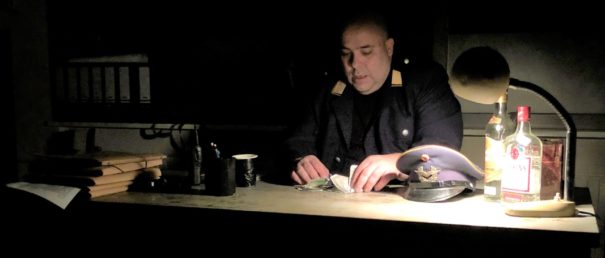
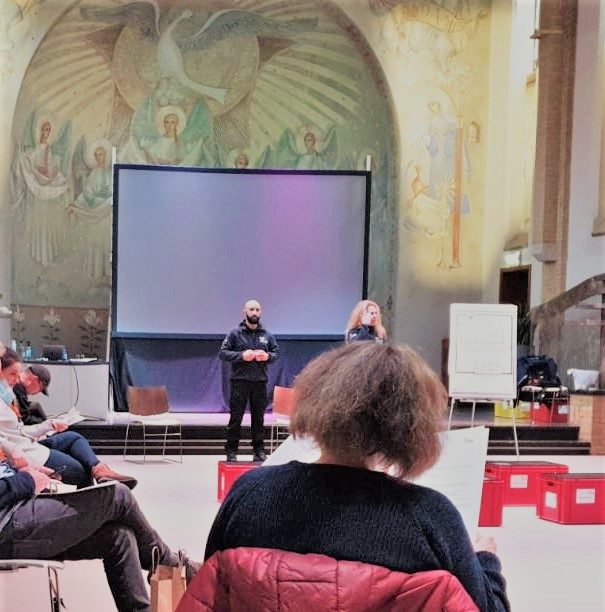
At 2:00 pm our trainers warmly welcome the participants at our training venue Kontakt der Kontinenten (Soesterberg, The Netherlands). During the next 5 days, they will be offered tools to prepare for dangerous situations in high and extreme risk areas.
There is no time to get acquainted, our participants are immediately submerged in the fictional country of Bekuran. Kontakt der Kontinenten no longer exists, we now know it as the local field office of the Global Childcare Foundation. Our participants work for this foundation during their stay in Bekuran and will face minor and major difficulties on their mission. Only moments after arrival they have to renew their visa while facing a “corrupt” Bekurani officer.
Our belief: practise, practise, reflect and practise again. By creating hyper-realistic simulations, we give you the feeling as if it is real. This will give you insight into your primary response. Knowing your own reaction, in combination with the tools we provide, you are able to make choices. Before a situation escalates, it can already be recognized at an early stage. Because of that, you’re better capable to de-escalate it.
After having successfully obtained a visa, the rest of the day focuses on an extensive risk analysis. This includes all steps of the Circle of Security such as context analysis, risk assessment, risk mitigation and personal risk profile. Throughout the day participants are updated on the changing situation in Bekuran.
The first training day ends at 9:00 PM. Participants go to their room or chat about the first day with other participants and trainers. Day 1 ends but it is clear: the intense journey through Bekuran has started immediately.
Day 2: HEAT Training for humanitarian aid workers feels as if it is real - ``situation changes quickly``
Whilst participants get out of bed, trainers on duty already prepare the classroom. On the first day, the trainer has already explained the importance of a safe learning environment. This morning our lead trainer makes sure participants know what to do when their stress levels get too high.
A safe learning environment also means an extra trainer is present at all times to monitor the wellbeing of the participants. This person is trained to provide psycho-social first aid. During breaks and at the end of the day, trainers discuss amongst themselves the wellbeing of the participants by sharing what they observed. By doing so, they can maintain a safe learning environment.
During the morning participants are confronted with a news flash from BCC news, the leading Bekurani news network. As a result of the update, participants need to make a security assessment on a new location that might serve as a mission location. To get there our participants need knowledge and skills on using radios, maps, compasses and GPS devices. During the day everybody gets trained and skilled in navigating their way with simple means.
The situation in Bekuran is getting tenser and tenser and after a quick lunch participants are further prepared for working in high and extreme risk areas. Hostage situation, checkpoints, crossfires and other field safety skills are practised. On top of that participants learn about mines and other explosives.
Late in the evening, the helicopter arrives, and everybody practices getting safely in and out of a helicopter during an emergency evacuation. And luckily, the whole group also survives a crash landing. While the modules finish at 21:00 pm, participants are still working on their security plans to be well prepared for what’s to come.
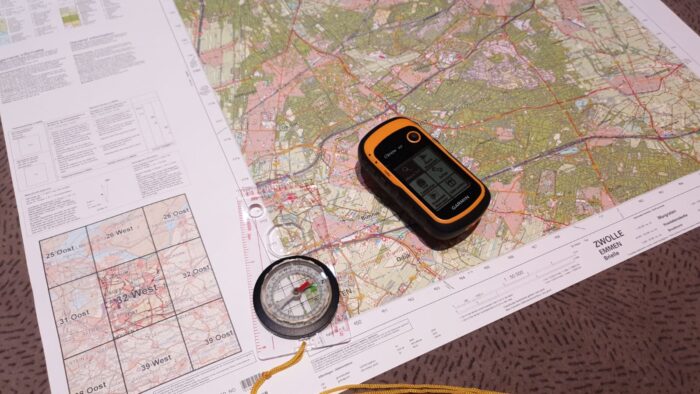
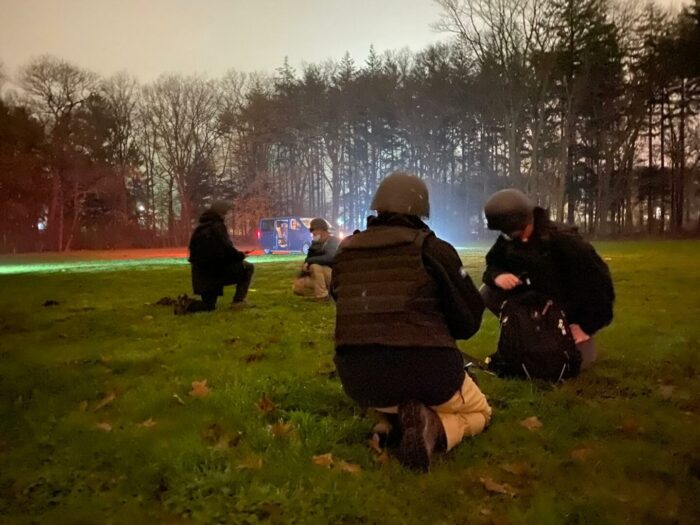
Day 3: Ethical dilemma: should we stay or should we go?

Dark clouds gather over Bekuran, the situation is getting grim. Whilst the participants learn how to deal with different types and levels of aggression, the fighting parties in Bekuran have almost reached the capital city.
During the module on how to give medical assistance to keep your heavily wounded colleague alive, rumors keep pouring in. Human rights are violated on a large scale.
Throughout the day, participants are faced with terrible dilemmas and ethical questions such as: Should we stay and help local communities and IDP’s? Is the risk that we take still within the mandate of our organisation’s mission?
Late in the evening, headquarters has made a final decision. Security plans have to be updated, new mission plans are made, and participants feel the clash of interest: Should I stay or should I go?
Day 4: In the eye of the storm, their final mission during Hostile Environment Awareness Training
In the early morning, it is still dark. Participants move toward the eye of the storm, where they have to complete their final mission.
Two hours before the participants start, all staff involved in the events of the day meetup. Although everybody is well prepared, the day starts with a briefing. The lead trainer addresses the code of conduct during exercises and simulations, updates everybody on particularities concerning participants and reassures that everybody knows what to do. Everyone leaves the briefing room with a radio, so they can stay updated.
Everybody scatters out to prepare for their role. Staff is walking about with weapons, blood and other props to make all simulations lifelike. As the participants arrive, the event location has been transformed into a lively hostile area.
The whole day participants are subjected to multi-layer events and simulations. They are offered the right conditions in which they can challenge themselves and practise with the tools and skills from previous days.
Each group is observed by a trainer. After a simulation, the trainer facilitates an evaluation in which the participants share the learning outcomes. Next to the trainers, the groups are observed by an extra trainer who makes sure that the participants are doing o.k.
The multi-layered events and simulations were immersive and amazing. To maintain the element of surprise, I cannot go into details. Let’s say that it involved gunfire, explosives, a lot of blood, angry or sad locals and a lot of hardship.
Twelve hours later, the lead trainer shouts “end of exercise”. Participants have completed their mission and receive a big hand of applause from the staff.
The exercise is over, but the training day not yet.
Participants walk back to the venue, take a shower and are then led to a cosy outdoor place, where charcoal barbecues are ready. The rest of the evening there is good food, drinks and laughter. Everybody is getting relaxed. In an informal setting, the evening comes to an end.
Since we have put the participants through tons of artificial misery, they need to decompress, and their brains need to process what happened. Decompression is important during the Advanced HEAT Course. In an informal setting, we offer the participants the ideal circumstances to decompress.
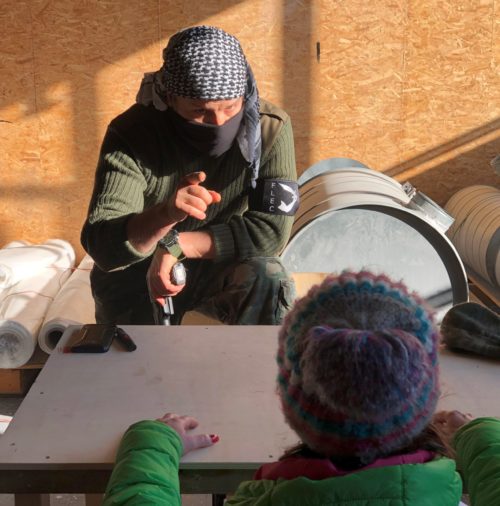
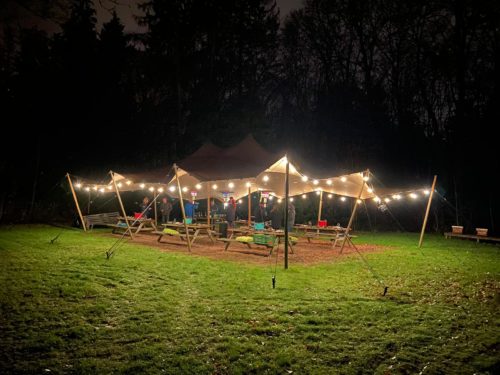
Day 5: Evaluate learning outcomes and HEAT Course wrap up
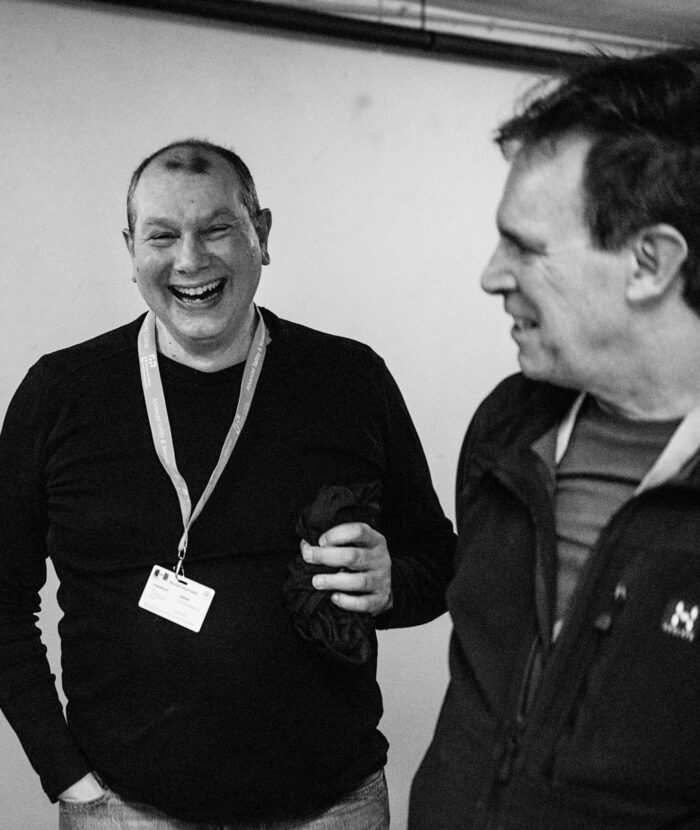
A bit later than usual participants enter the classroom in a relaxed way. Business in Bekuran is done, the pressure is off.
After the decompression of the previous evening, the time has come to evaluate personal learnings and to translate that learning to daily life. In different activities, the participants relive the whole course by going over the training modules. Personal learning outcomes are discussed in small groups.
The groups have to present the learning outcomes in a creative way. The team that does this best earns eternal fame.
After filling in a survey about the course, everybody has earned their certificate! At the end of the morning, we say our goodbyes and everybody leaves with a certificate, a personal medical kit and a lunch to go.
The trainers reshuffle all the crates with materials and clear out the room. We sit down and take some time to celebrate the success of the Advanced HEAT Course. Later this week all trainers will submit their evaluation. A meeting will follow in which we will discuss our learnings and process them in our continuous improvement cycle.
Tired but very happy and proud of the team effort, CSD’s trainers close the door and go home 🙂